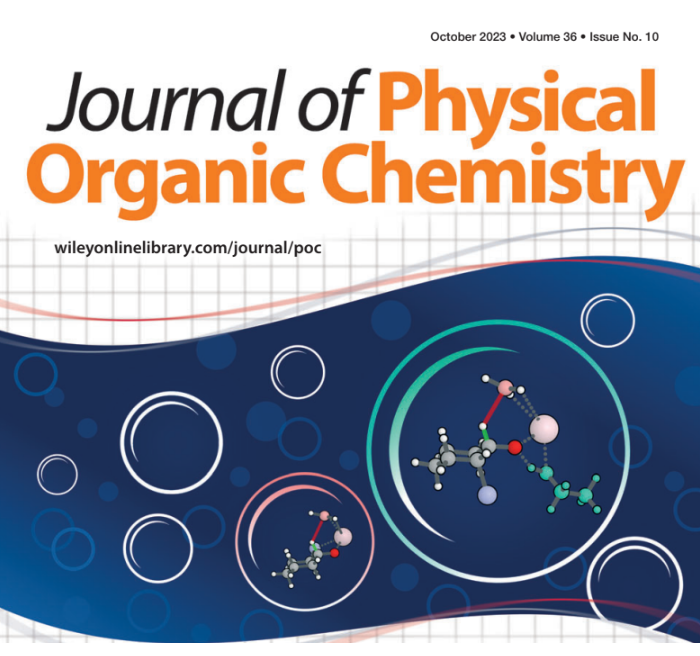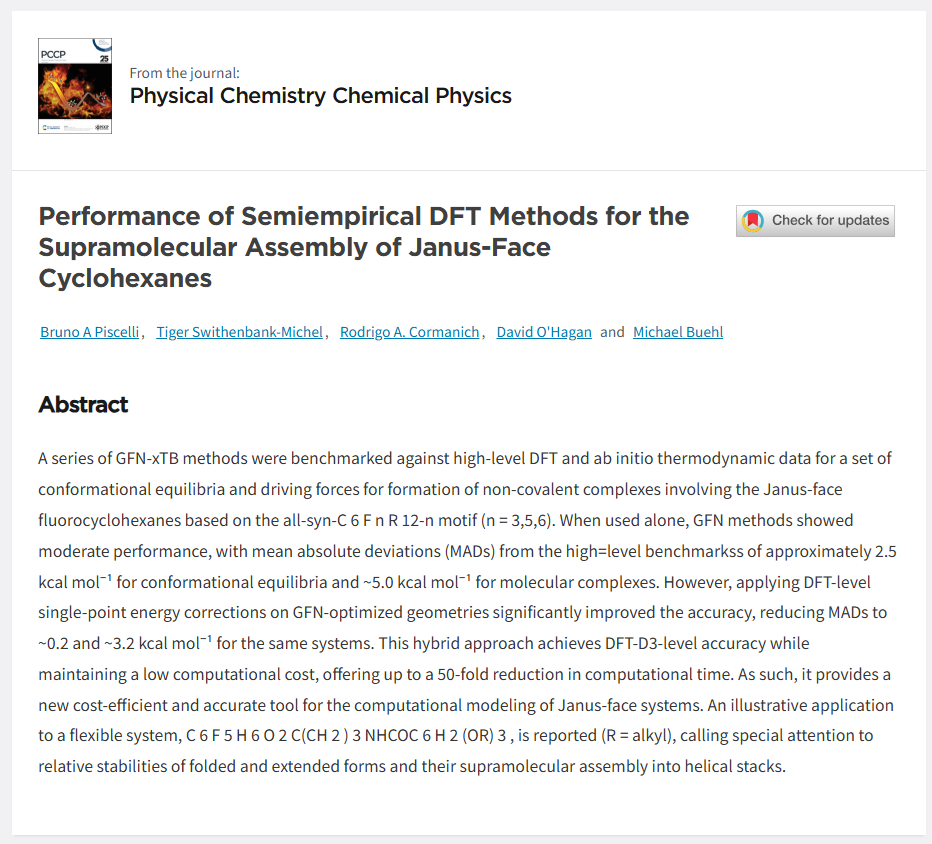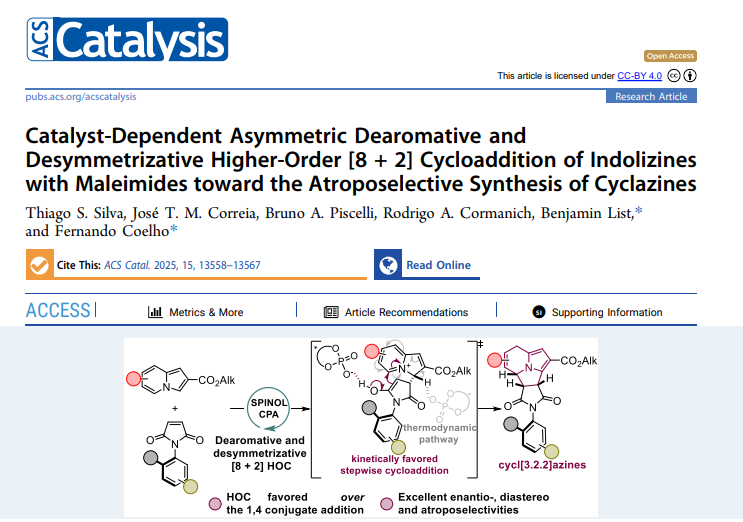We are delighted to announce the recent publication of our collaborative research titled “Stereoselectivity and reactivity of the sodium borohydride reduction of 2-X-cyclohexanones”
Our research group delved into the stereoselectivity and reactivity of the sodium borohydride reduction of 2-X-cyclohexanones (X=H, Cl, Br). Combining competitive experiments with density functional theory calculations, we uncovered that the hydride addition follows a late transition state where the C–H bond is on the brink of formation. Interestingly, our data pointed out that the reaction barrier recedes when moving from the 2-halocyclohexanones to the unsubstituted cyclohexanone. This trend mirrors the relative reactivities observed in our competitive experiments. Moreover, we proudly introduce a comprehensive protocol to effectively model the axial–equatorial facial selectivity of hydride addition to the carbonyl group when substituted with a neighboring polar group. Our findings emphasize the pivotal role of implicit solvation combined with an explicit solvent molecule to achieve the experimental stereoselective formation of the cis product.
A commendable effort was made by all authors involved. Special mention to Daniela Rodrigues Silva.
Our sincere gratitude to every collaborator on this project: Lucas A. Zeoly, Pascal Vermeeren, Trevor A. Hamlin, and Célia Fonseca Guerra. special thanks to Matheus for this very interesting work and for all the years we are collaborating already.
We invite you all to read and share our findings, furthering the spirit of knowledge and scientific exploration:
https://onlinelibrary.wiley.com/doi/10.1002/poc.4556


